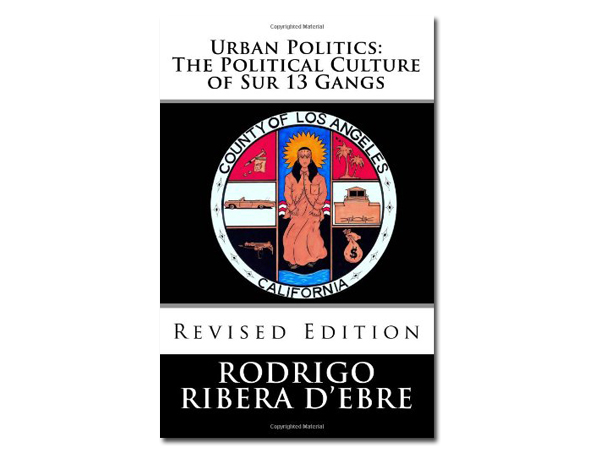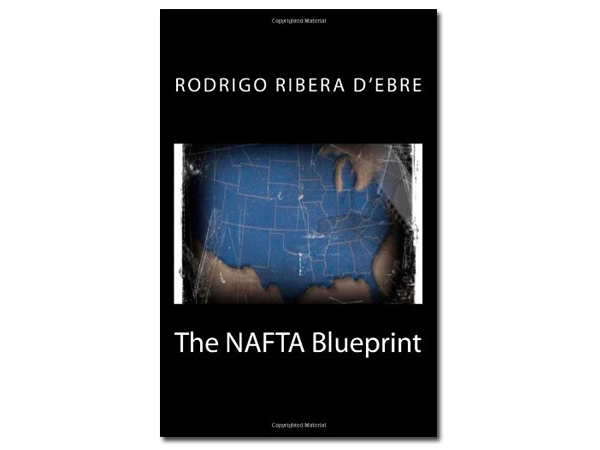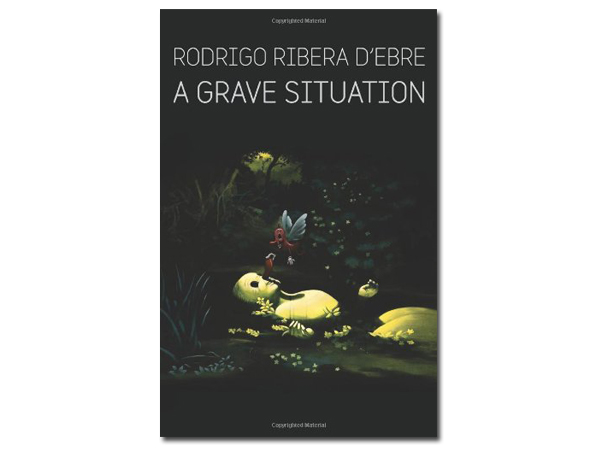Mar 02, 2015 8 Questions with: Rodrigo Ribera d’Ebre
When I went to visit the LA Art Show earlier this year, one booth caught my attention early on – as it showcased great work by some of LA’s most respected and well-known artists, including Chaz Bojórquez, CRYPTIK, Big Sleeps, and Defer. In an unexpected twist, the booth was not for a Culver City gallery, but rather, for an upcoming social documentary, called Dark Progressivism. I soon got to talking with Rodrigo Ribera d’Ebre, the film’s director. He told me about the upcoming documentary which looks at the social upheaval in Los Angeles in the ’80s, and ’90s, as told by some of the city’s talented artists who lived through that era. He aims to show the trajectory and importance of the city’s art concepts, based on social conditions. The film is due out in October. Rodrigo is an accomplished author, having written several books and a series of articles for Huffington Post too, where he contributes to their Arts and Culture, Politics and Latino Voices sections. Rodrigo’s next book, The Federal Informant, which is based on the true story of a high-ranking Mexican American gang member turned snitch/federal informant for the Sheriff Department and DEA, is also due out in October.What are you currently working on?
I am currently working on a documentary film, Dark Progressivism, which I wrote and directed. It tells the trajectory of a Los Angeles nativist tradition in art that comes from below, from the streets. We look at social conditions, graffiti, lettering, tattoo art, fine art, literature, and muralism as our social science research and how they are interconnected. Simultaneously, I am working on an essay/dissertation that will provide and reinforce the scholarly research into this phenomenon.
How would you describe your job?
I am a writer of all sorts including articles, blog posts, short stories, novels, non-fiction books, documentary and screenplay. It all relates to the same thing, my skill is basically to create something from the written word.
What does your average work day look like?
My day fluctuates from day to day, it depends on the project I’m working on. But in general, I wake up early and begin editing what I did the previous day or week, then I continued writing. I go back and forth between research, editing, and writing.
What’s the best thing about living and working in Los Angeles?
The best thing about living and working in Los Angeles is that it is my native city. I love and hate it equally, which means I’m all in. I don’t have one foot in and one foot out, like I’ve had in other cities I’ve lived in. I lived four years abroad and it made me realized how much of a vested interest I have in the L.A.’s history, trajectory, and future. I used to want to be a cosmopolitan writer, one who is all over the world writing about random and different things. That’s why I left, but it wasn’t for me. I kept having to relearn concepts about a city. I want to be associated with my city, my work should always represent it, that’s what I want my legacy to be. And to do that, I have to be here and constantly assess it.
Where do you find inspiration?
My inspiration comes from the City of Los Angeles and its history. Just the other day I was reading about life in the 1930’s, and how the fascist-like LAPD, Chamber of Commerce, and business elites waved a silent war on Communists, leftist sympathizers, homosexuals, minorities, and poor people. It gave me tons of ideas for film, literature, comic books, etc. Everything I do, and everything I’ve worked on, always goes back to Los Angeles, even subconsciously. I’m inspired by the ecology of the built environment.
As a kid, what did you want to be when you grow up?
As a kid I wanted to be a journalist or a judge. I am now both, I judge society through a sharp lens and provide social commentary through my journalist skills.
What are you reading at the moment?
I am always reading several things. For my Dark Progressivism essay, I went back to the origin of the city, to the 1850’s. I’m working chronologically to do as much scholarly research as possible, including scholarly journals, books, essays, photography, etc. I am currently in the 1930’s, so I’m reading Bohemian Los Angeles, Race, Place, and Reform in Mexican Los Angeles, A Decade of Betrayal, California Design 1930-1965, Los Angeles in the 1930’s—The WPA Guide, and Posters of the People: Art of the WPA.
What’s your favorite post-work destination?
Out to dinner, anywhere, it doesn’t matter. I like ramen, sushi, Mexican, Thai, all types of foods.





